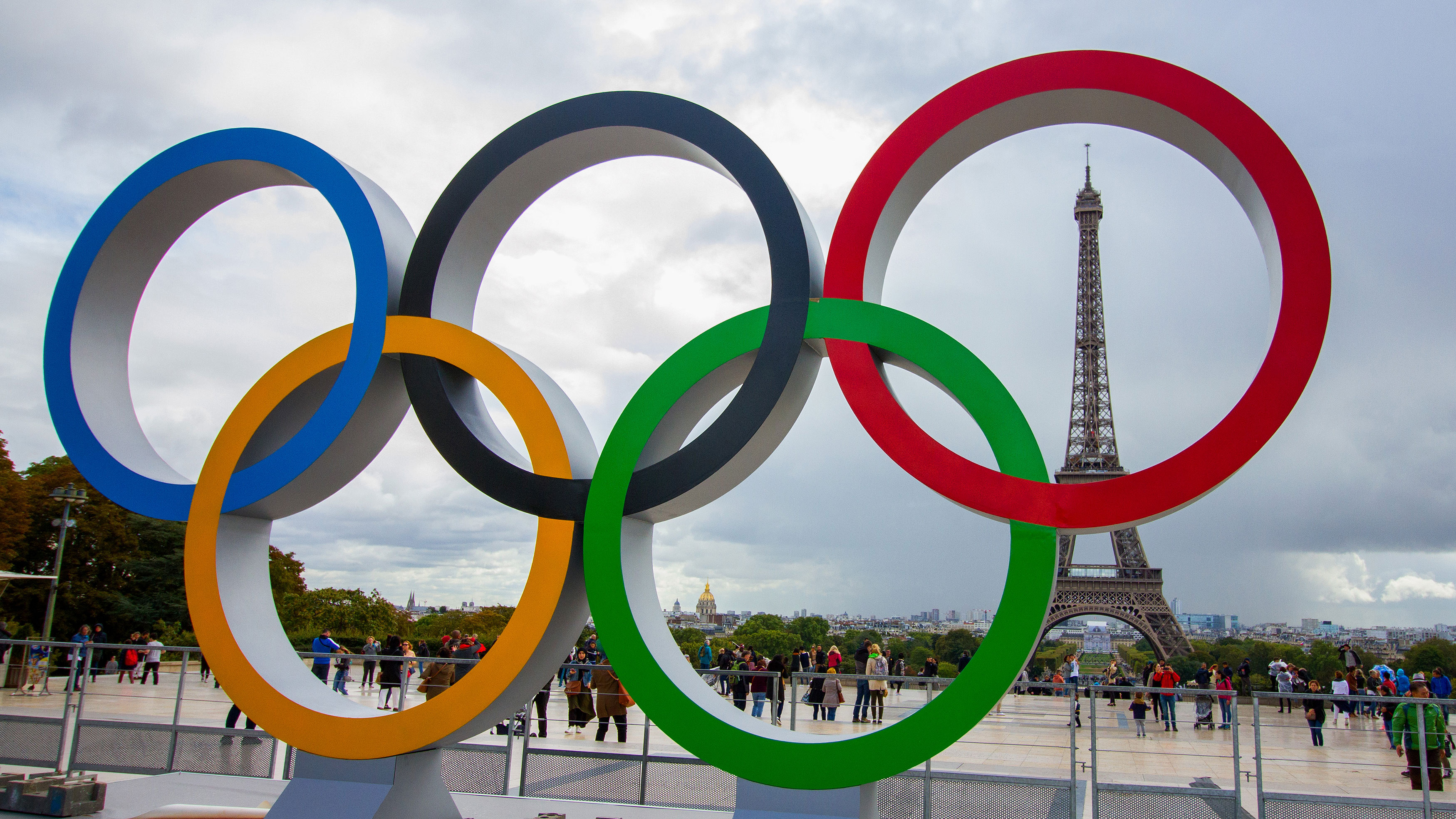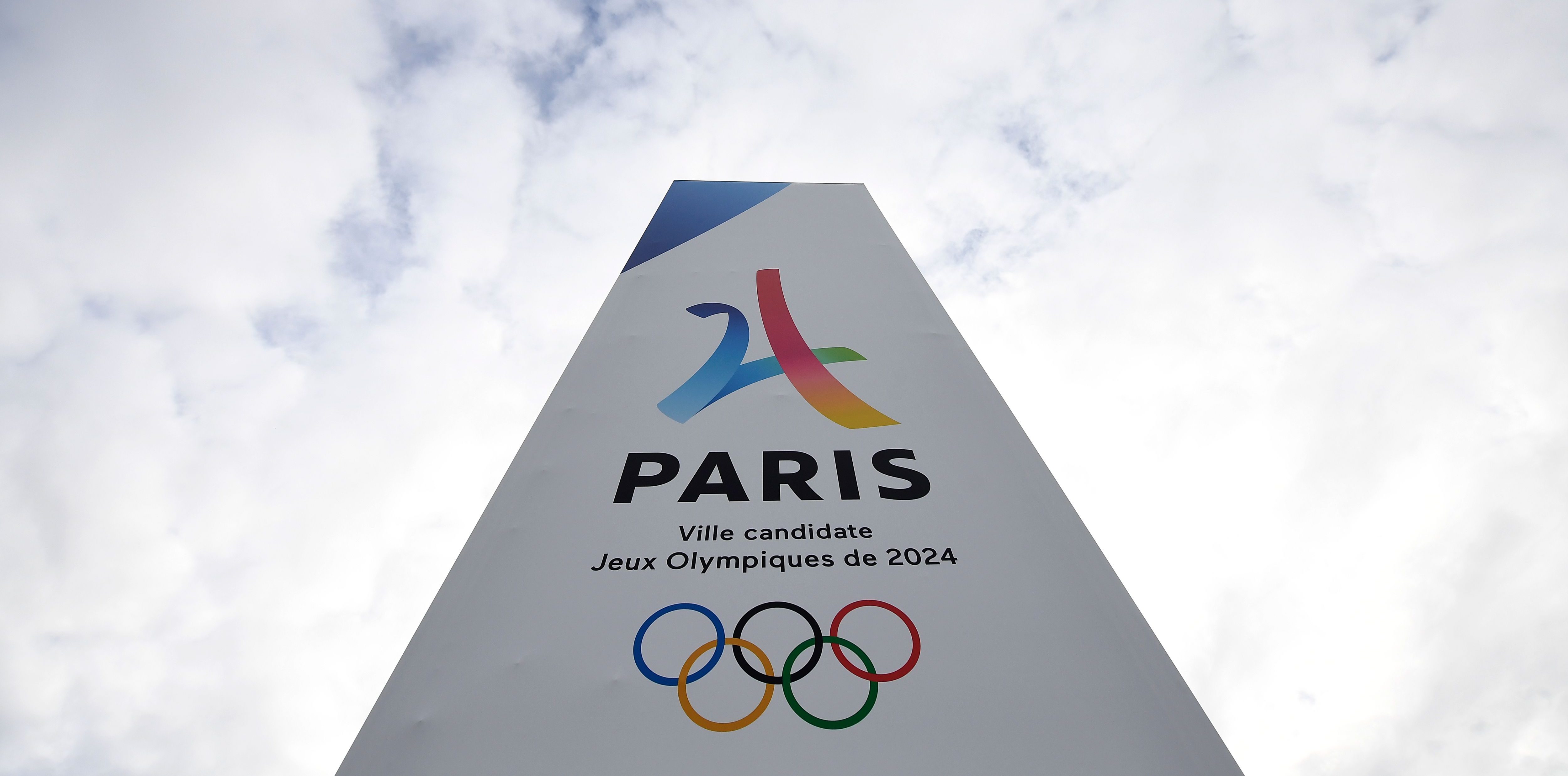What a way to start the 2024 Paris Olympics.
Drama immediately arose in one of the opening two men's soccer matches on Wednesday following a controversial officiating decision.
Argentina trailed Morocco 2-0 before seemingly earning a draw by scoring an equalizer in the 16th minute of second-half stoppage time. But nearly two hours later, the goal-scorer was deemed to be offsides by VAR technology. The game resumed for the final few minutes with no fans in the stands as Morocco held on for a 2-1 win.
It won't be the first time during the Olympics that VAR is used, so let's dive into exactly what the technology is:
What is VAR?
VAR stands for video assistant referee. It is a tool designed to further assist on-field referees in making correct decisions as they occur while minimizing risks and errors.
Referees are able to head to an on-field booth near the tunnel to view replays of the incident through multiple angles and slow motion to review calls.
When was VAR introduced?
VAR had first been soft launched in the 2012-13 Eredivisie season in the Netherlands.
In 2018, the International Football Association Board (IFAB) approved trials before it was used in the 2018 World Cup in Russia.
The Premier League first used it in the 2019-20 season.
How accurate is VAR?
Though VAR entered the sport to help boost accuracy levels, it’s nearly impossible for the rate to be 100% due to the subjectivity of certain calls.
In the Premier League there was a tangible improvement.
Before the 2018-19 season, the percentage of correct match decisions was 82%. That figure increased to 94% after the 2019-20 season with VAR’s implementation, according to the Premier League.
Can VAR overrule a referee?
No, VAR cannot overrule a referee. VAR can provide advice to the referee on when to check the monitor themselves or which angles to view to make a better judgment, but the final decision rests on the referee’s shoulders.
At the 2024 Olympics, VAR decisions will be explained in real time to fans in stadiums and television audiences for additional transparency.





